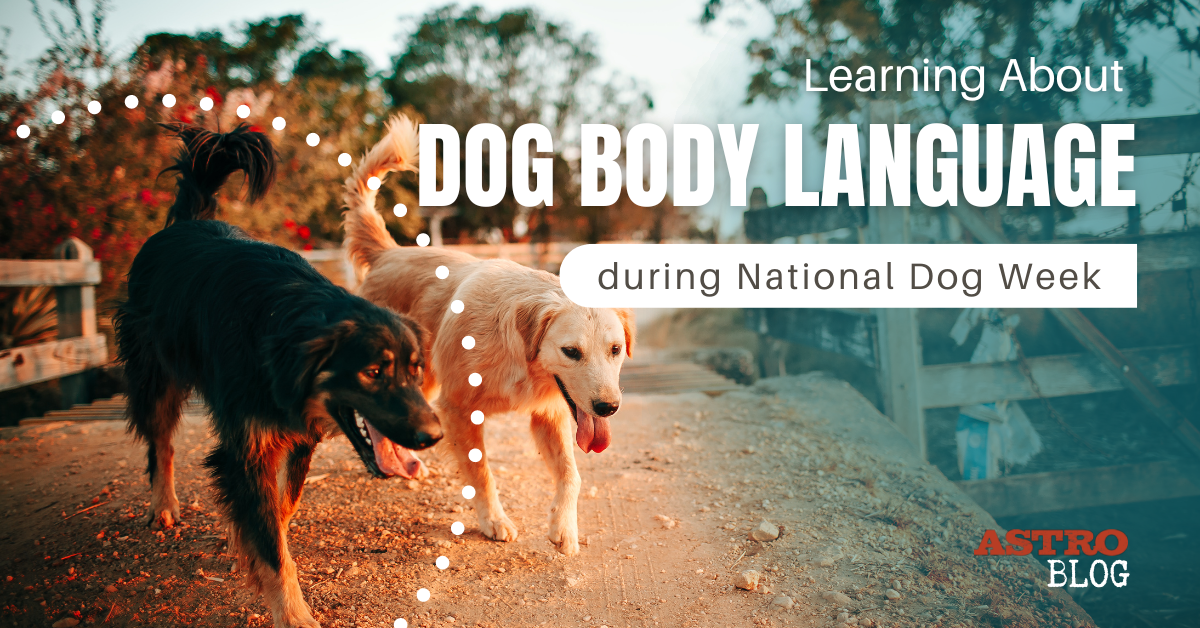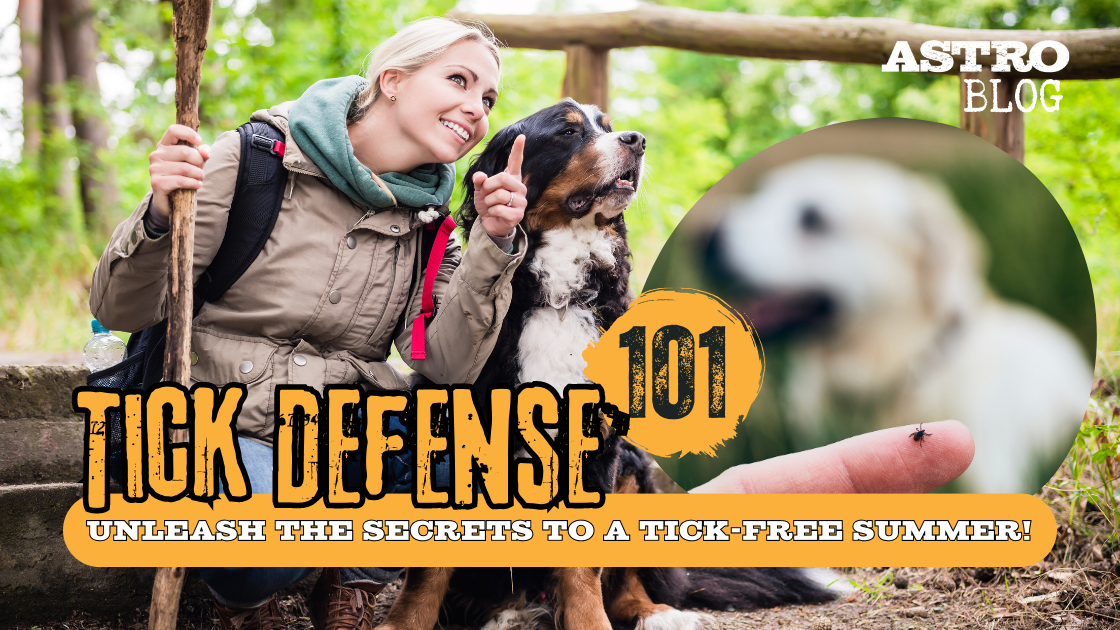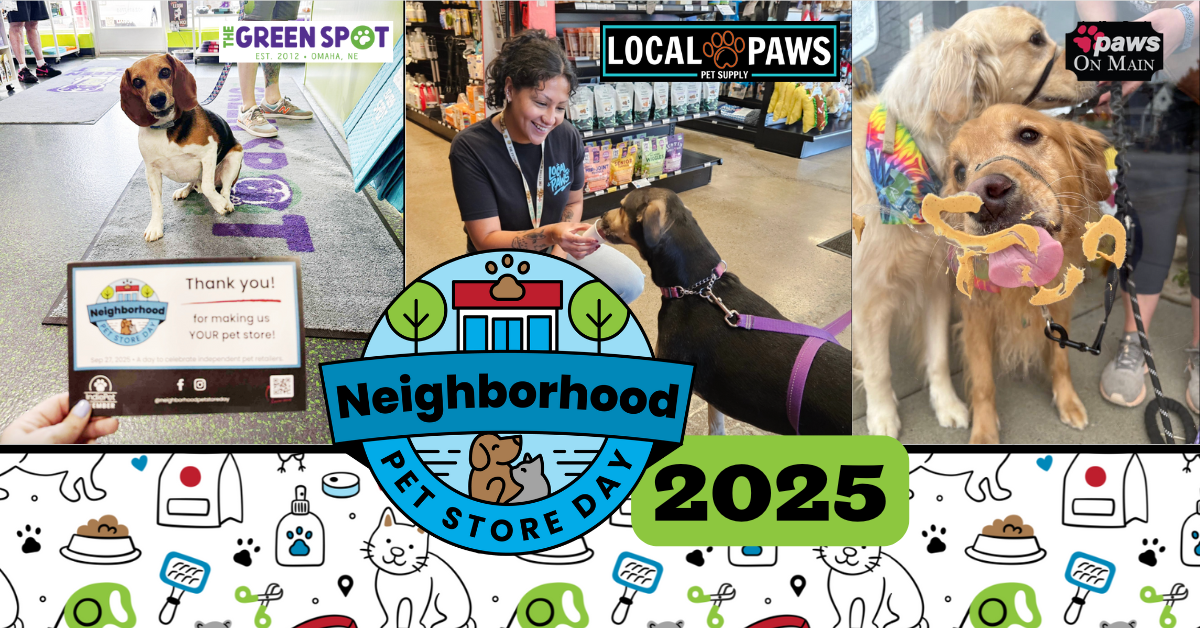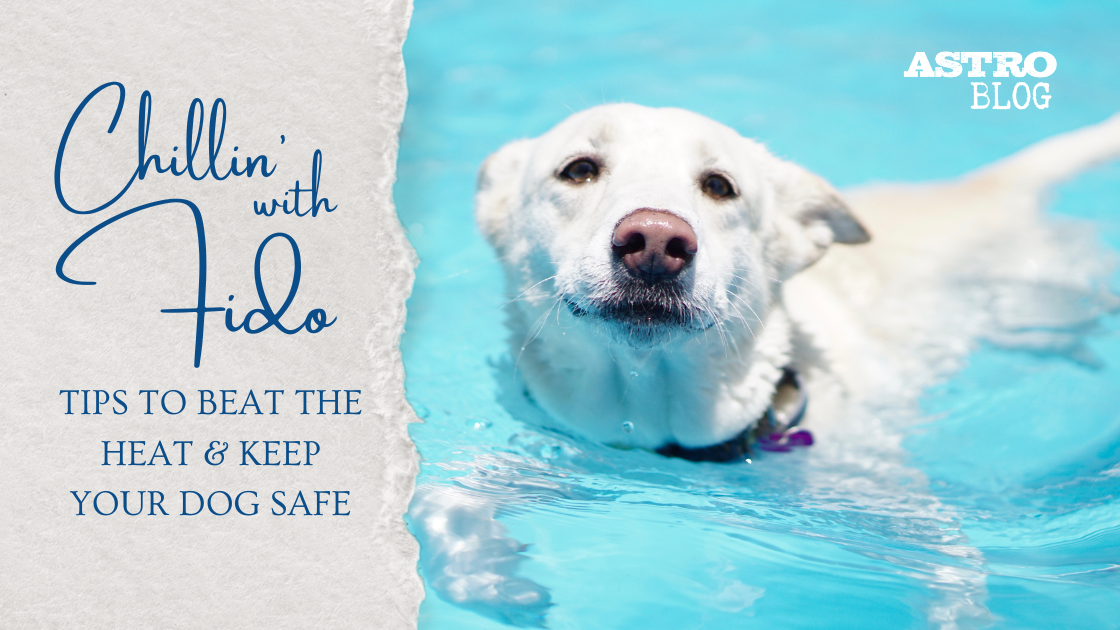September 20th through 27th marks National Dog Week, which is all about celebrating dogs and appreciating all they do for us. What better way to celebrate dogs than by learning more about them so we can care for them in the best way possible?
This article will act as an overview of dog body language, which is one of the primary ways our dogs communicate with us and with their environment. When National Dog Week rolls around, dog owners everywhere can feel like they know their companions a little bit better! Keep reading to learn more about the telltale signs that your dog is happy, playful, anxious, fearful, or ill.
Is Your Dog Happy?
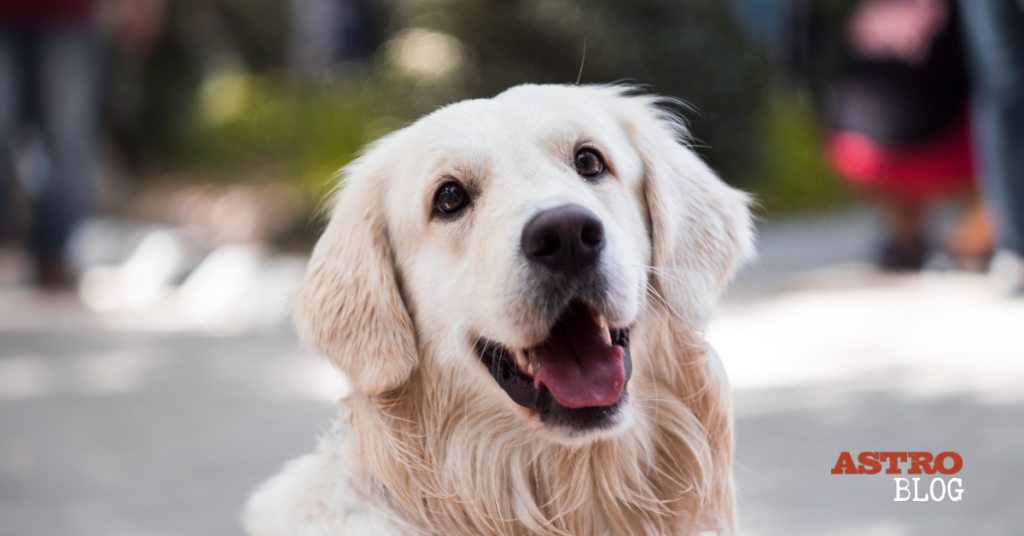
There are many different signs that indicate your dog is happy, but one common factor is a relaxed-seeming body and face.
One of the most expressive parts of a dog is its ears, and you can understand a lot by observing them. If a dog is happy and relaxed, its ears will often follow suit. In other words, if your dog has floppy ears that are resting against their head (not pinned back), they’re likely feeling calm and content. This may be more difficult to discern on dogs with naturally pointy ears, but with practice, you should be able to see the difference between alert and relaxed.
Eyes are very expressive, and they’re an important part of the puzzle when trying to decipher canine communication. If there is tension around your dog’s eyes, they’re likely not relaxed. Both narrowed eyes and very wide eyes are associated with agitation, which we’ll talk more about later. A happy and relaxed dog has a soft, relaxed gaze and will likely blink semi-often.
Though dogs can’t make facial expressions that are as intricate or intentional as a human’s, domesticated dogs can make facial expressions that their wolfy ancestors cannot. This means you can still gather information from how their face looks. Specifically, if their brow, cheeks, and lips look loose and relaxed, they probably are too. Sometimes, dogs’ mouths may open slightly when they’re relaxed. Some dogs may even seem to “smile,” but beware — if the “smile” is exaggerated or tense, this can be a sign that your dog is agitated or uncomfortable.
Of course, a wagging tail that is slow or “loose” is also a good indicator of your dog’s contentment! Though, it’s important to note that not all tail wagging translates to happiness.
Signs Your Dog Is Feeling Playful
If your dog is in a joyful, playful, or energetic mood, their body language will likely be different than if they are relaxed. One of the many important things to understand about canine body language is how dogs interact with other dogs during playtime. This can help you gauge your dog’s comfortability with their situation and potentially prevent a negative situation before it happens.
When dogs are playing with other dogs, they use certain body postures and signals, such as the play bow, to show their dog playmates that they don’t mean any harm.
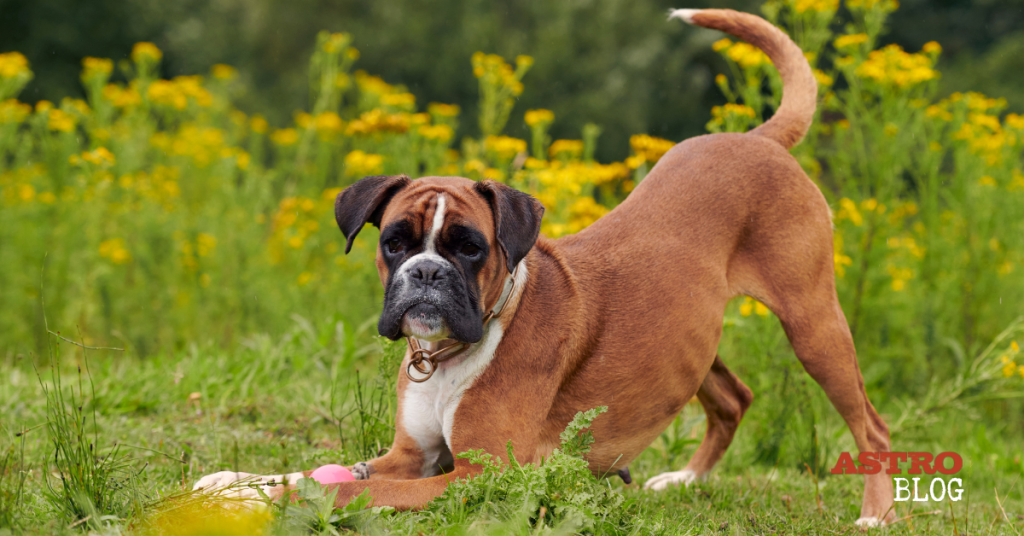
In addition to the classical play bow, you might see dogs stop mid-play to sneeze, scratch, sniff their environment, or lick themselves. These actions show their playmate that they’re only messing around and aren’t looking for a confrontation.
In addition, some dogs that are more submissive in nature will throw themselves on the ground and show their stomach as if they want a belly rub. Bouncy or “loose” movements can also indicate that your dog is in a silly mood and wants to play with you or a canine companion.
Something to keep in mind is that some dogs growl exaggeratedly (play growl) while they’re playing with other dogs or playing tug of war. This is different than an aggressive or warning growl, which might be accompanied by snarling/snapping and tension in the dog’s face and body.
Some signs that your dog is NOT playing but getting agitated or reactive are if your dog is very tense or if their ears are either pinned back or pushed forward at high alert. Additionally, if their movements are quick and jerky instead of bouncy and “loose” or if their tail is raised very high or tucked very far underneath their body, they may be agitated, uncomfortable, or fearful.
An Anxious Dog’s Body Language
Understanding our dogs’ anxious body language allows us to care for them better. Even though no one wants to see their dog get anxious, it’s better to know about it rather than remain unaware!
One sign of anxiety is shaking. If your dog gets nervous during car rides or vet visits, you might be familiar with the full-body shake that you usually only see after a bath or a romp in the grass. In addition to the full-body shake, some dogs get so anxious that they tremble. This is similar to the way humans shiver when they’re cold (or when they’re going through a very stressful situation), as it helps release nervous tension.
Dogs may also yawn when they’re stressed, as well as drool, pant, sniff, or lick a specific part of their body, such as their paws. Unusual sniffing and licking behaviors may indicate that your dog is trying to avoid some kind of stimulus or interaction.
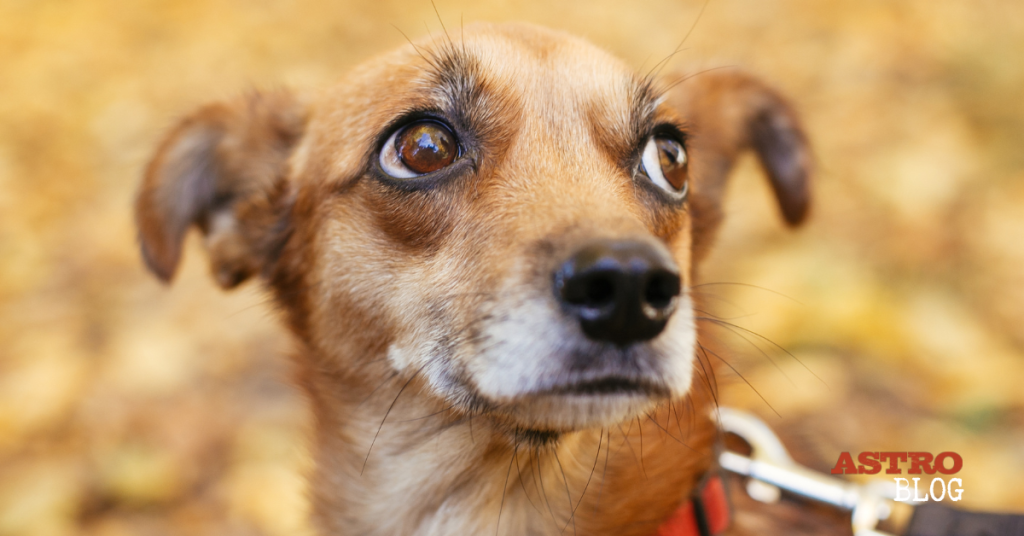
As mentioned above, the eyes are expressive. If you notice that your dog’s eyes are very wide with the whites showing, this can indicate anxiety. This is especially true if your dog’s gaze seems to be stuck on something or someone. This anxious eyed-look is often called “whale eyes,” which is a cute name for a not-so-cute situation. If a dog has whale eyes and is displaying other signs of anxiety, such as pinned back ears, it’s usually a sign to back off because a very anxious dog can be an agitated dog.
Additionally, if your dog seems to be balancing their weight on their hind legs as if they’re leaning back, they may be uncomfortable in the current situation.
How to Identify Fearful Body Language
Many aspects of fearful body language may mirror anxious body language. Wide eyes, flat ears, and shaking/trembling can also be signs of fear in your dog. One big giveaway that your dog is afraid is tenseness in the body. Your dog may become very stiff or immobile, and they may lower themselves closer to the ground as if they’re “hunkering down.”
A very fearful dog may go into a freeze response where they don’t move at all and keep themselves still. Alternatively, they may quickly scramble away as they try to escape the situation. Some other common signs of fear include lip licking, cowering, a tucked tail, complete eye-contact avoidance, and pacing.
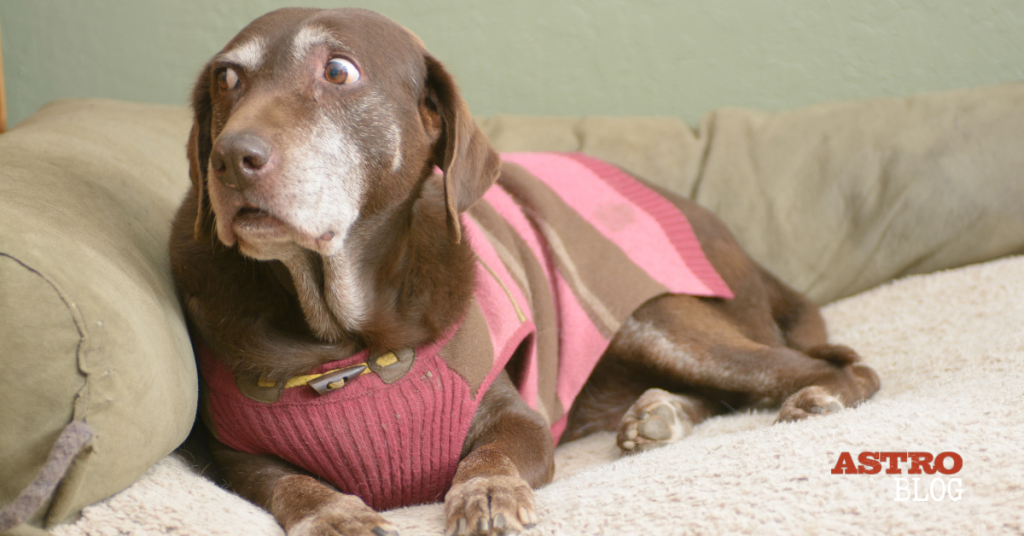
Signs Your Dog Is Feeling Ill
Suspecting that your dog is in pain or feeling unwell is one of the worst things we experience as pet parents. Knowing the signs that your dog is feeling ill is vital, as it could make all the difference for them and their health.
There are many physical and behavioral signs that your dog may be feeling ill, such as pale gums, a change in appetite, etc. Learning more about the body language side of things could help you catch a health problem even if they aren’t showing any physical symptoms yet.
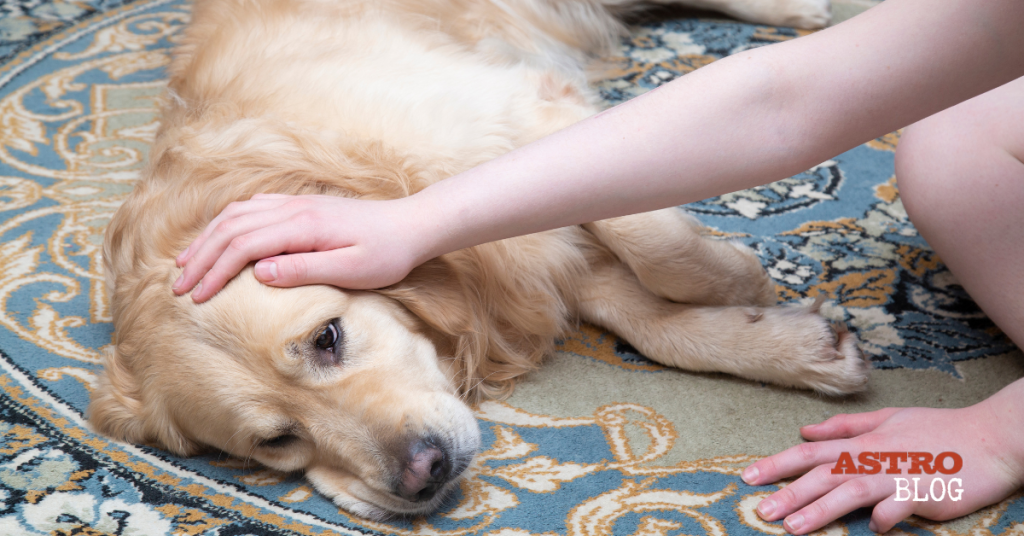
If your dog is in pain, their activity levels may decrease. They might be more lethargic, and you may notice them moving more slowly as they get up from laying down, go up the stairs, or even just as they walk around. If your pet seems to withdraw from you and doesn’t ask for as many pets, or has a more “shy” demeanor than usual around you, it might be a sign that they’re not feeling well. Additionally, if your dog limps or seems more stiff than normal, they may be in pain.
Overall, if your dog’s body language is different than normal, even when they’re in a very familiar environment, they may be feeling out of sorts.
Conclusion
We can’t hold a conversation with our dogs, but they can still communicate with us if we know what to look for. Understanding your dog’s body language makes it easier to care for them properly and ensure they are happy and healthy. Recognizing warning signs that your dog is getting fearful or agitated can help ensure the safety of your dog, as well as the dogs and people around them. Identifying signs of illness is crucial to keeping your pet in tip-top shape and pain-free.
Of course, the goal is to see the happy, relaxed, and playful body language as much as possible! On National Dog Day 2022, remember to celebrate your canine companion and show them you do understand what they’re trying to communicate to you. Thankfully, body language is universal, and we can all be fluent with a little bit of education and practice!


